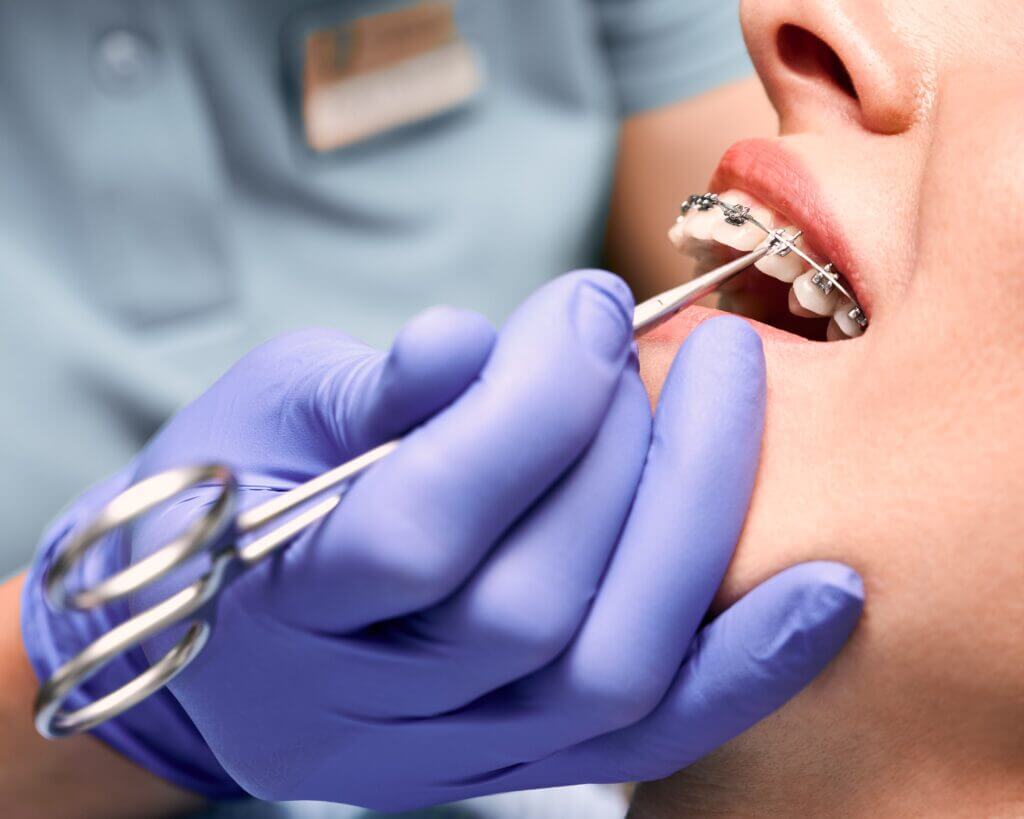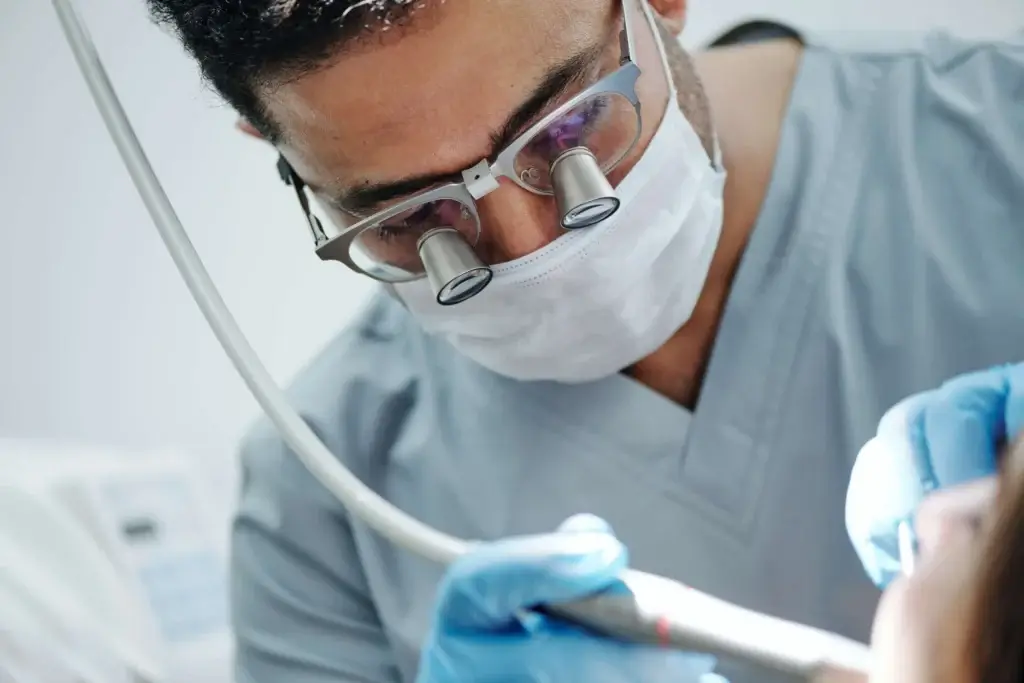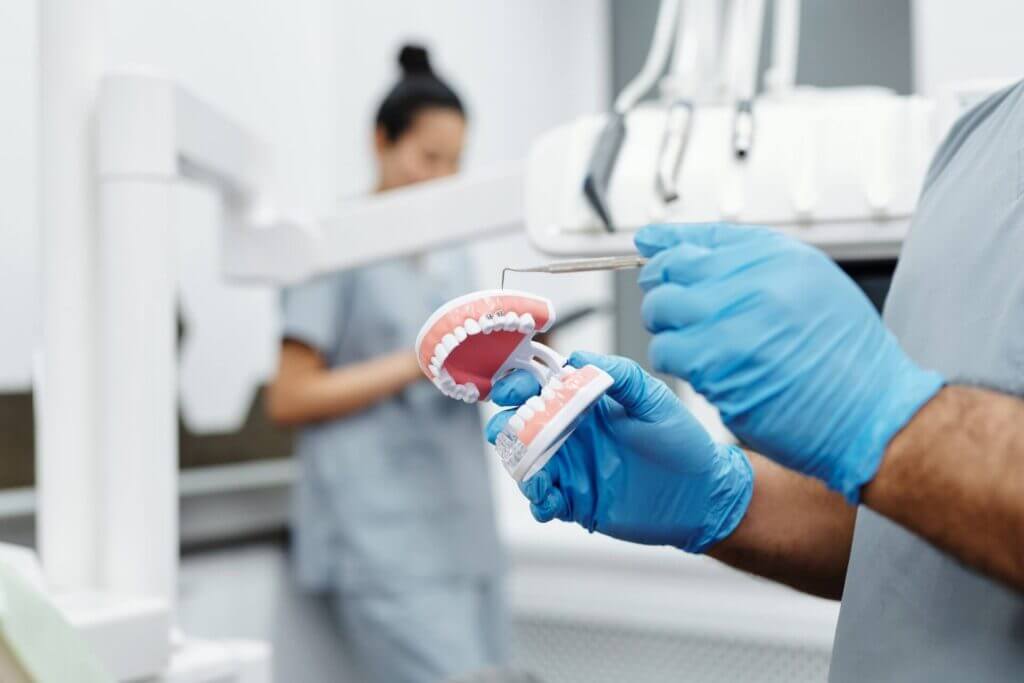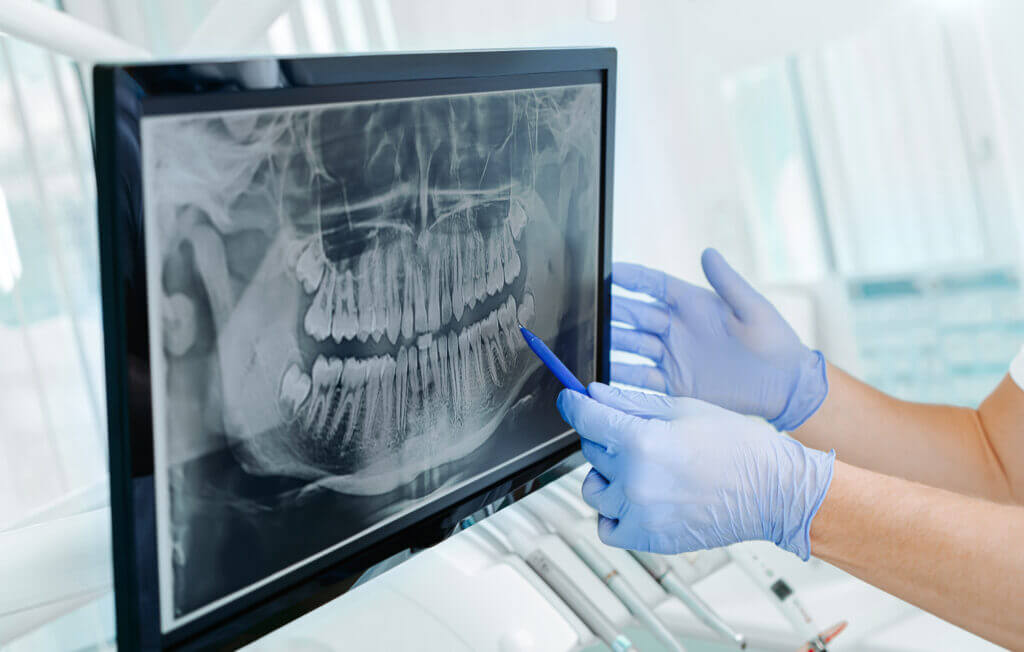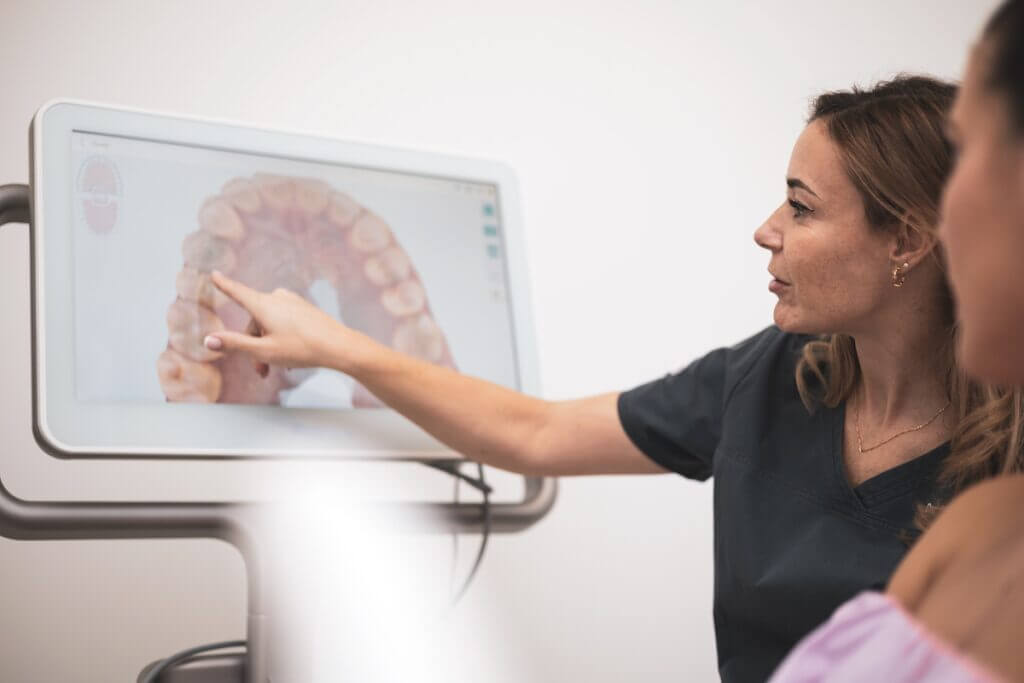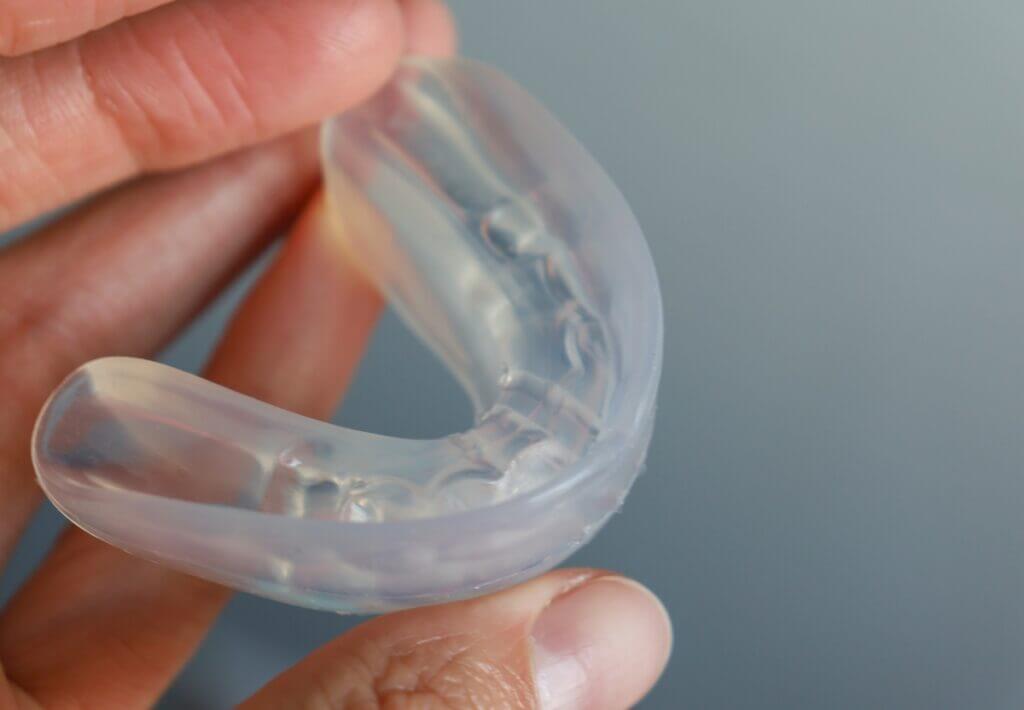Early Treatments
TREATMENTS
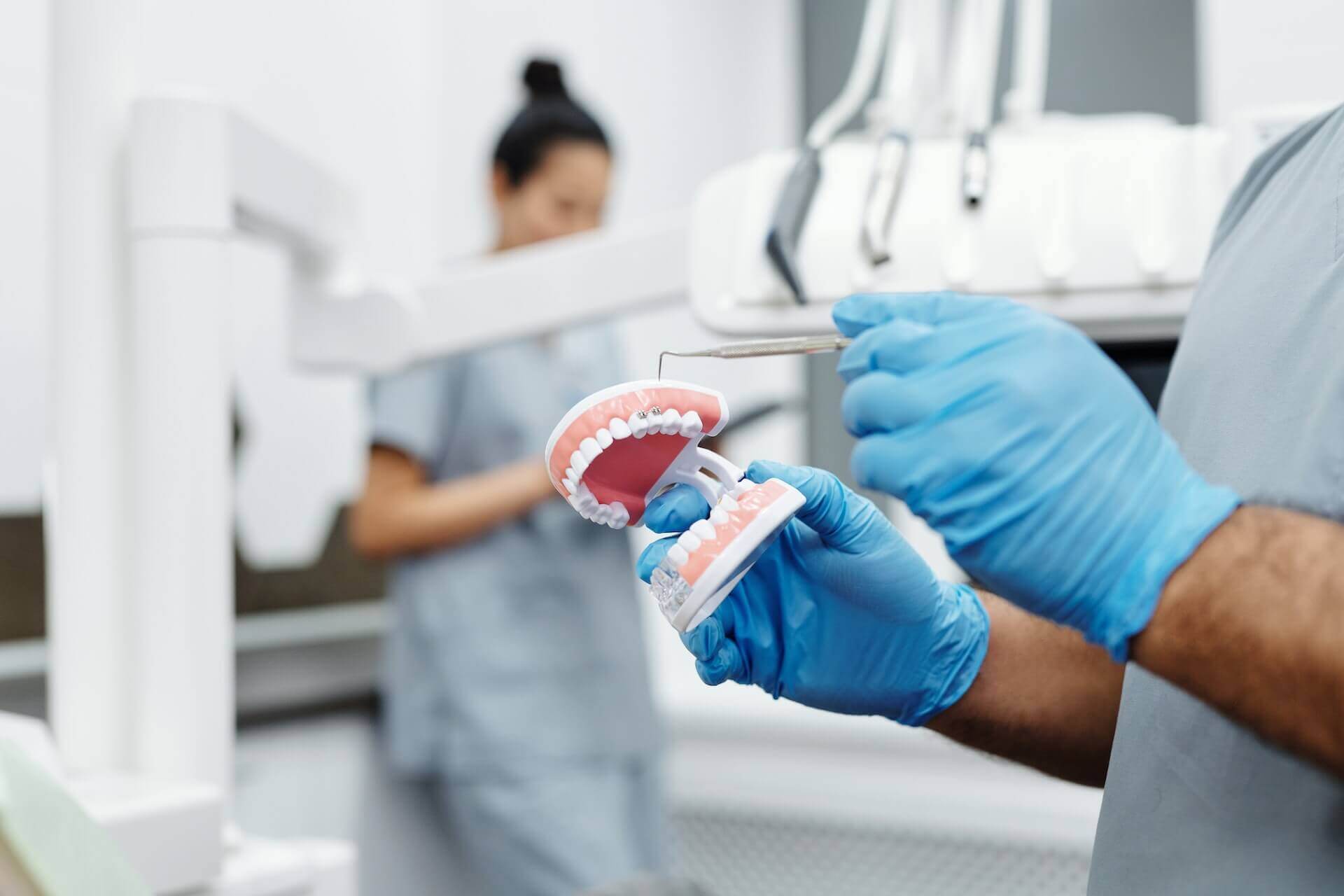
Early interceptive orthodontic treatment, also called interceptive orthodontic treatment or Phase 1 treatment, is the treatment of children between the ages of approximately 7 and 11 years to correct defects in the teeth or jaw structure. The aim of these treatments is to guide the growth and development of the jaws and teeth, prevent potential problems from occurring, and create a suitable environment for optimal facial development and proper alignment of the teeth.
The stages of early treatment are as follows:
- Assessment and Diagnosis: The first step in early treatment is a detailed evaluation by the orthodontist. For this evaluation, the child is examined, impressions of the teeth are taken and X-rays are obtained to evaluate tooth/facial development.
- Identification of problems: Early treatment is recommended in the presence of various orthodontic or skeletal disorders that, if left untreated, can lead to bigger problems in the future. Some of the problems that can be corrected with early treatment;
- Perplexity: Not enough space for the permanent teeth to erupt properly
- Cross closing: One or more upper teeth are located further back than the lower teeth
- Deep close or Open close: The upper front teeth cover the lower teeth too much (deep bite) or not at all (open bite)
- Habits such as thumb sucking or tongue thrusting: Habits that may cause the teeth to lean forward and look brushy, open bite or skeletal structure deterioration
- Skeletal instability: Jaw growth incompatibilities that may lead to deterioration in facial appearance or functional problems
- Treatment Planning: After identifying the problems, the orthodontist creates a treatment plan according to the child's needs. This treatment plan may require the use of some of the following devices:
- Upper palate expanders: These devices allow the upper jaw to be enlarged, both for the correct positioning of the upper and lower jaws in relation to each other and to provide space for crowding of the upper teeth.
- Removable braces and retainers: In case of early loss of deciduous teeth, these are devices used to protect the places of the teeth coming from below or to prevent crowding and alignment disorders by obtaining space for these teeth.
- Headgear: It is used to correct upper jaw growth in cases where the upper jaw is in front compared to the lower jaw.
- Face mask: They are used when the growth of the upper jaw is retarded. Thus, both the closing of the teeth and the jaw relations and facial appearance of the child can be corrected.
- Functional appliances: They are used both to guide the growth of the jaw and to correct the imbalance of the tongue, lips and cheek muscles in the child.
- Orthodontic and Orthopedic Treatment: Early orthodontic treatment is performed to ensure that the permanent teeth erupt in the correct position and to correct crowding. Orthopedic treatment is applied to achieve a more correct bite and a more balanced facial appearance.
- Follow-up of treatment: During the treatment, the orthodontist carefully monitors the child's development. It may be necessary to adapt the devices used at certain intervals in order to create correct tooth and jaw movement. During this period, regular follow-up appointments are made to monitor the progress of the treatment and changes can be made to the treatment plan if necessary.
- Transition to comprehensive orthodontic treatment: In some cases, after early orthodontic treatment has been completed, all the child's permanent teeth are expected to erupt. Comprehensive orthodontic treatment, also called Phase II treatment, is then performed to finalize the bite relationships and tooth positions.
Some of the advantages of early treatments are as follows:
- Correction of developing crowding and jaw growth disorders before they become more severe and difficult to correct
- Guiding tooth eruption and alignment and thus preventing more invasive treatments such as tooth extraction in the future
- Correction of facial aesthetics and symmetry by directing the growth of the jaws
- Prevention of functional problems such as chewing difficulties or speech disorders due to closure disorders
In short, early orthodontic and orthopedic treatments aim to optimally guide the growth and development of the jaws and teeth and create the conditions for a healthy, functional and beautiful smile in adulthood.
